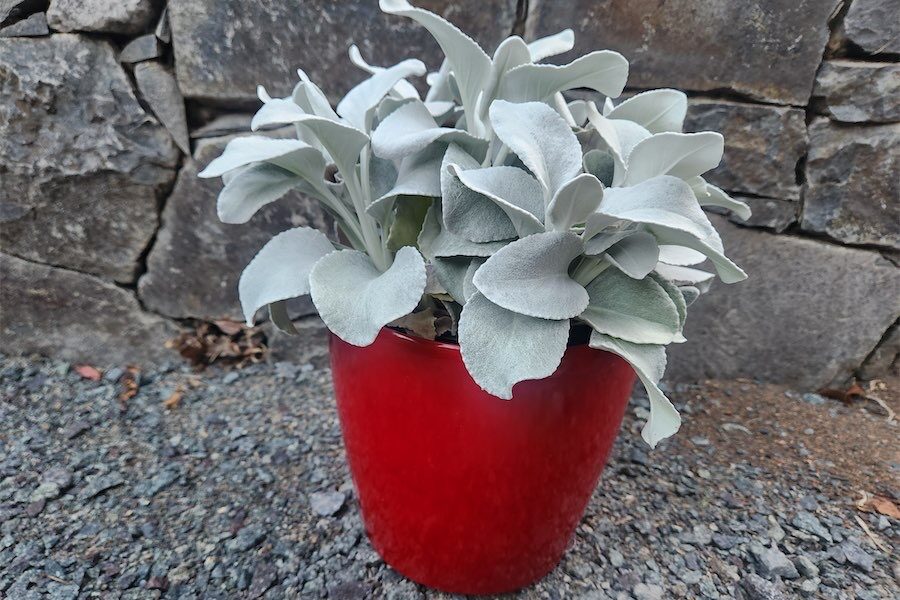
Gardening columnist CEDRIC BRYANT says the leaves are going to be falling earlier this year and summer is to blame.
AUTUMN has arrived. With months of continuous dry, deciduous trees have not had sufficient moisture at the root zone and, as a result, almost certainly this year trees will shed their leaves earlier than usual.

Even if we receive copious amounts of rain this autumn it will not make an iota of difference; too late they cried!
All leaves provide valuable mulch to retain moisture in the soil. Shred them using the mower or blower shredder and put them back on to the garden or on to the compost heap, not raked into the road gutters to clog stormwater drains.
WE have received at least some reasonably reliable falls of up to 50-60 millimetres, however I have been contacted by people saying the ground is still almost totally dry.
It will take a great deal more steady soaking rain to penetrate to the root zone of most trees and shrubs.
Not helping things is the thick, black plastic placed on the ground before spreading mulch. The idea is to stop weeds.

But plastic and weed mats stop rain soaking into the ground, particularly if the garden is on a slope. And it doesn’t help cutting out a circle of plastic or weed mat around the trunk of trees or shrubs. The roots of all trees and shrubs extend to the drip line, in other words to the outer branches. So the plastic/weed mat would have to be cut right to the outer edges of the leaves, which in turn exposes the soil for weed growth. Not like the terrible example (pictured) of laying concrete to the trunk, stopping all rain to the roots of a tree in Dickson.
I HAVE also had queries about trees planted in lawn areas. The callers say the lawn is watered when the sprinklers come on. Depending on the cycle, this is usually for only a few minutes and just enough to get moisture to the grassroots, but definitely not to the roots of trees and shrubs.
If you are laying out a new garden, it’s a good idea not to plant trees and shrubs in lawns. Include them in garden beds where they can be effectively mulched. Obviously, it is not practical to move large plants, but if they are close to existing garden beds consider extending the garden around the tree out to the drip line. Grass is a rapacious feeder. On the point of growing grass under trees, if they are fruit trees this can reduce the crop by up to 40 per cent.
AUTUMN is also caterpillar time. Don’t use chemical pesticides to eliminate these pests, particularly near edible plants, whether it is leafy veggies or herbs. Use Yates Nature’s Way Dipel, a certified organic powder derived from beneficial bacteria found in soil. Its manufacturers say it kills white cabbage butterfly caterpillars, vine moth caterpillars, which love to decimate grape vines and others. It’s safe for bees, ladybirds, birds, fish and pets. Have some on hand for the first sign of these pesky wrigglers.
IT’S shaping up to be a warm autumn, so it might be best to not rush to start planting and filling in gaps in the garden where plants may have been lost to summer’s extreme heat. Leave it for at least a couple more weeks until the weather cools. Likewise, I don’t recommend planting citrus unless you are prepared to give them adequate protection from frost, which can happen at any time as we get closer to winter.
Not sure when to plant winter veggies? Be wary of advice on TV garden shows or magazines. Canberra garden centres know when to keep in stock veggies according to the season. Take their advice.
Who can be trusted?
In a world of spin and confusion, there’s never been a more important time to support independent journalism in Canberra.
If you trust our work online and want to enforce the power of independent voices, I invite you to make a small contribution.
Every dollar of support is invested back into our journalism to help keep citynews.com.au strong and free.
Thank you,
Ian Meikle, editor




Leave a Reply